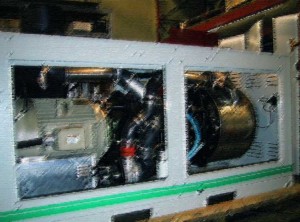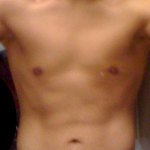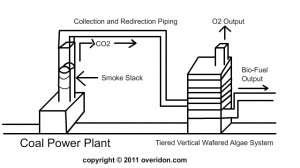
This is an example of a large Stirling Engine - It is very complicated but the video below will show a much smaller and simpler device:
Have you ever compressed something until you crushed it? This could have been when you first squeezed a box of Nerds after finishing the last of the strawberry candies. Or maybe you crushed an egg with your bare hands just to test to see if it was possible.
Depending on the structure of an enclosure, an interesting thing happens before the box or object is crushed…it has the ability to perform work.
Not all enclosures are as capable of performing work as efficiently as others, but the ones that can withstand significant amounts of internal pressure make for good cores for a device called a “Stirling Engine.”
In the video below, you will see a homemade Sterling Engine which uses a tuna can as the core. The tuna can has the function of containing pressure differences. As the air inside the cleaned tuna can gets pressurized, it is able to translate the change in heat and pressure into work. In this case, the work is spinning the CDR which is attached to the device.
The spinning CDR is a simplified representation of an important piece of technology known as a flywheel. Flywheels are intriguing because they can store energy without needing batteries or liquid fuel. The mere fact that the CDR is spinning rapidly means that the energy contained by its rotation allows it to channeled at a later time.
That’s actually one of the fun tricks about controlled spinning objects: As long as you can decrease the controlled rotation of an object, you can turn that rotation energy (think kinetics) into either electricity or some other form of power.
What I like most about this Homemade Sterling Engine is how it was made from very small, Do It Yourself parts. It was built from a guide by someone who read a Russian forum which you can see for yourself by clicking HERE.
The tuna can is so funny. Talk about taking advantage of anything of value in one’s home!
As mentioned in the title of this article, the tiny source of energy is just a little oil-looking lamp. And look at all the work that single source of heat is doing, it is simply mind boggling to see this engine get moving for so long with such a simple heat source. Truly impressive.
-Tyler

